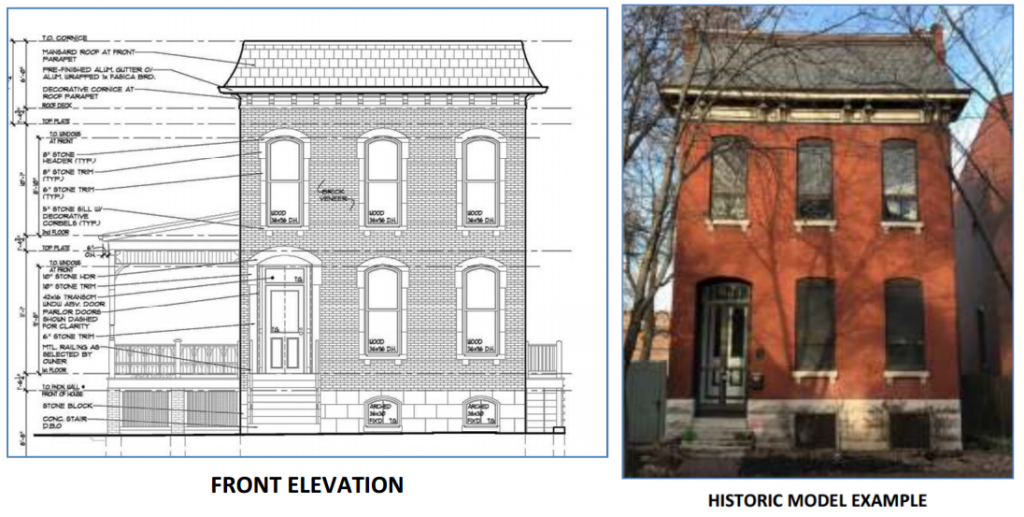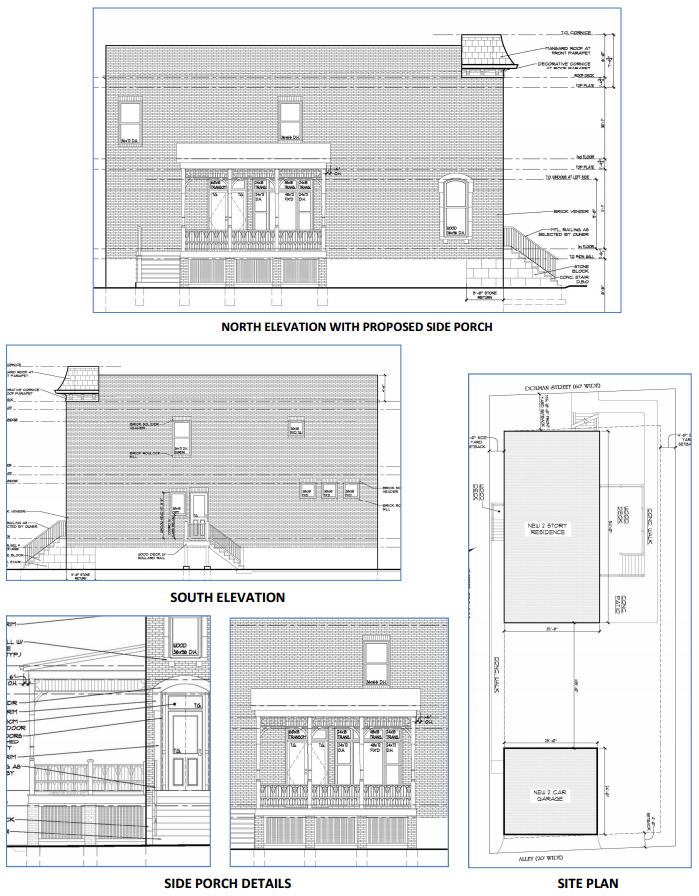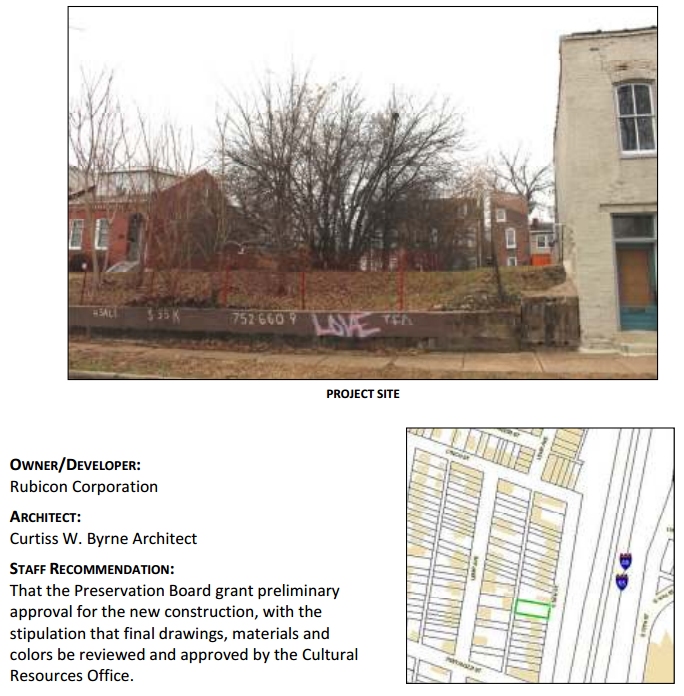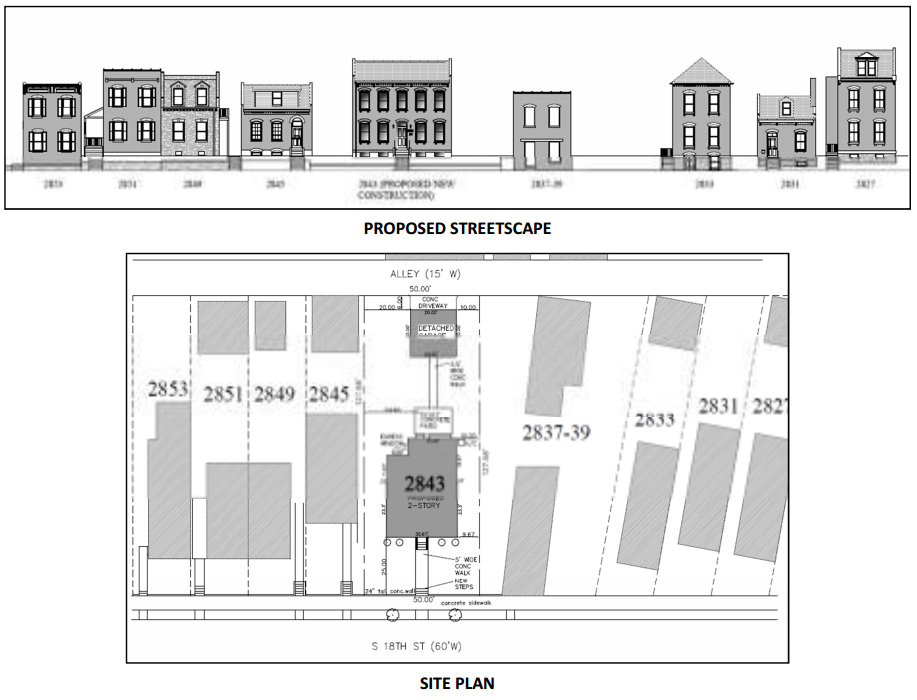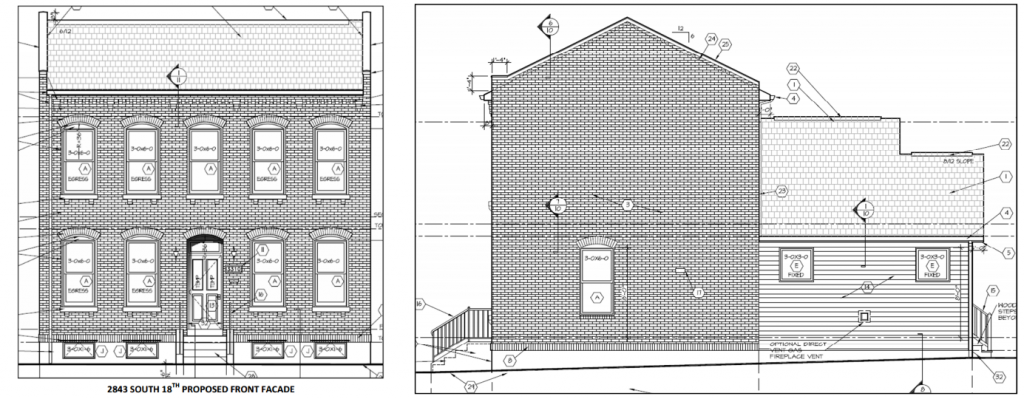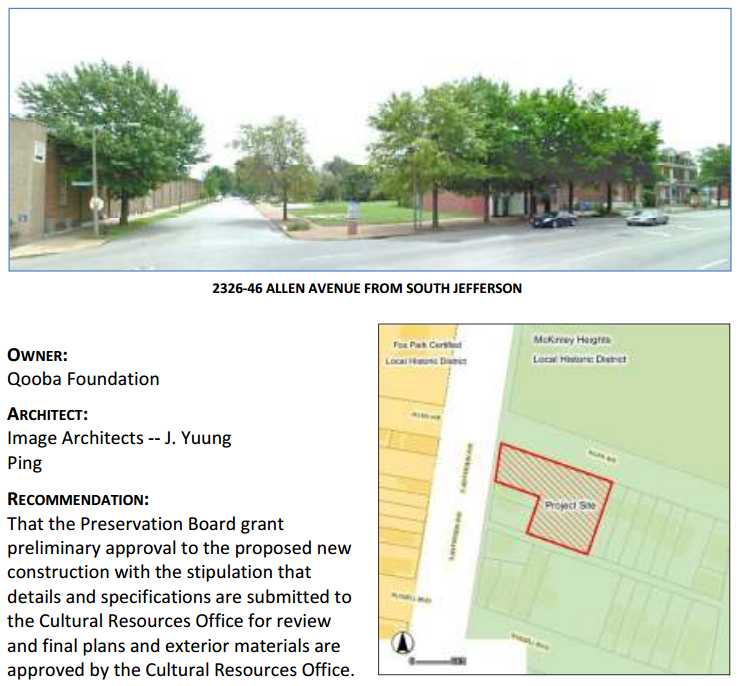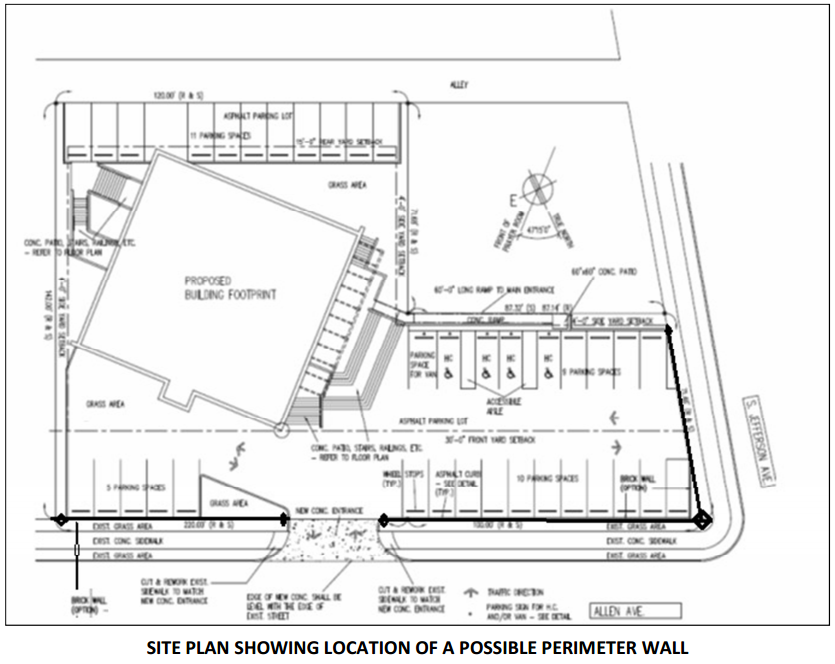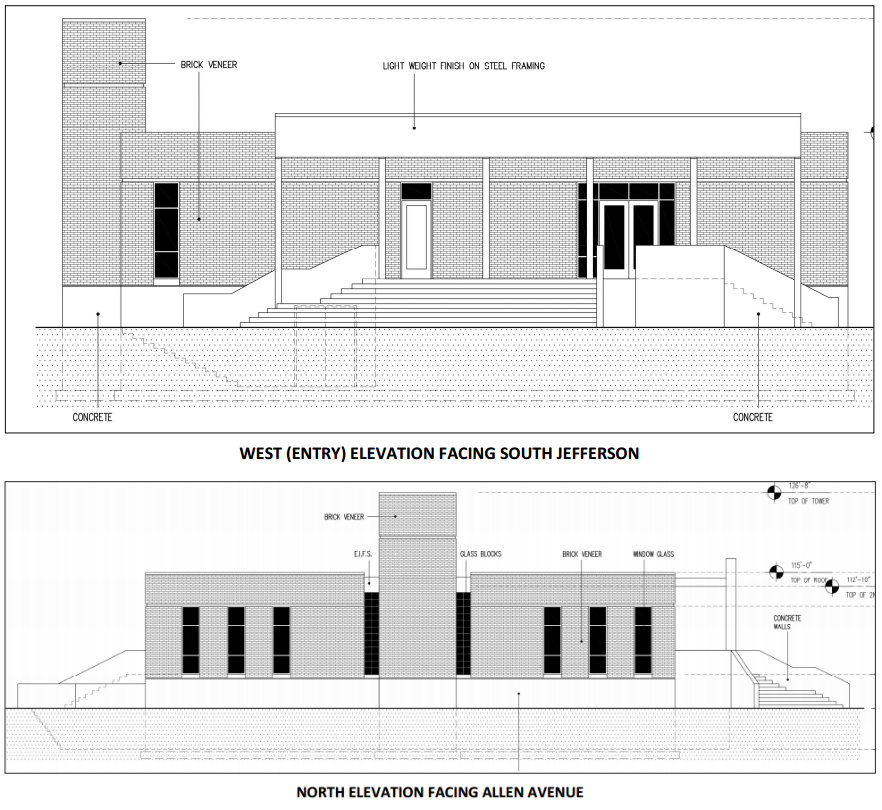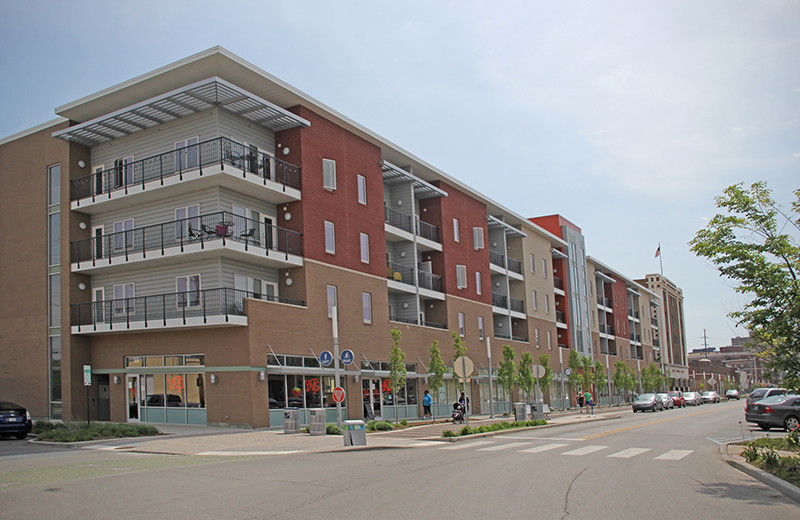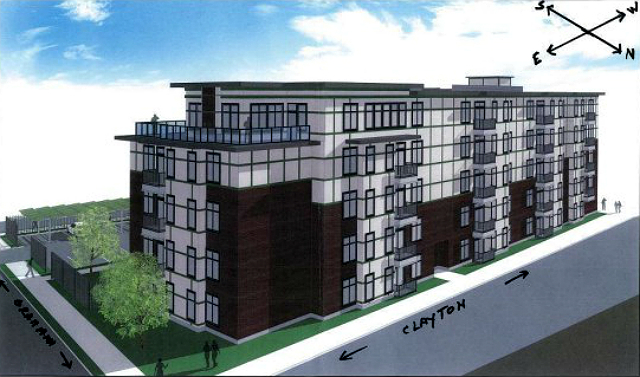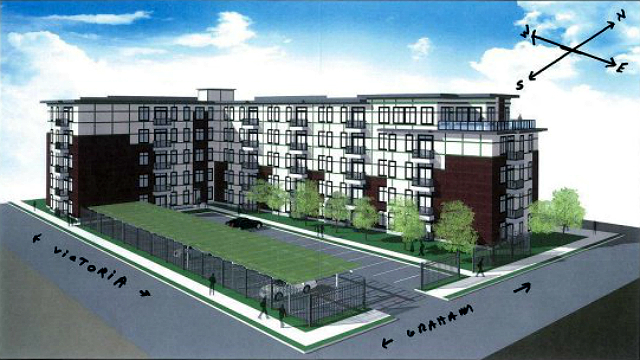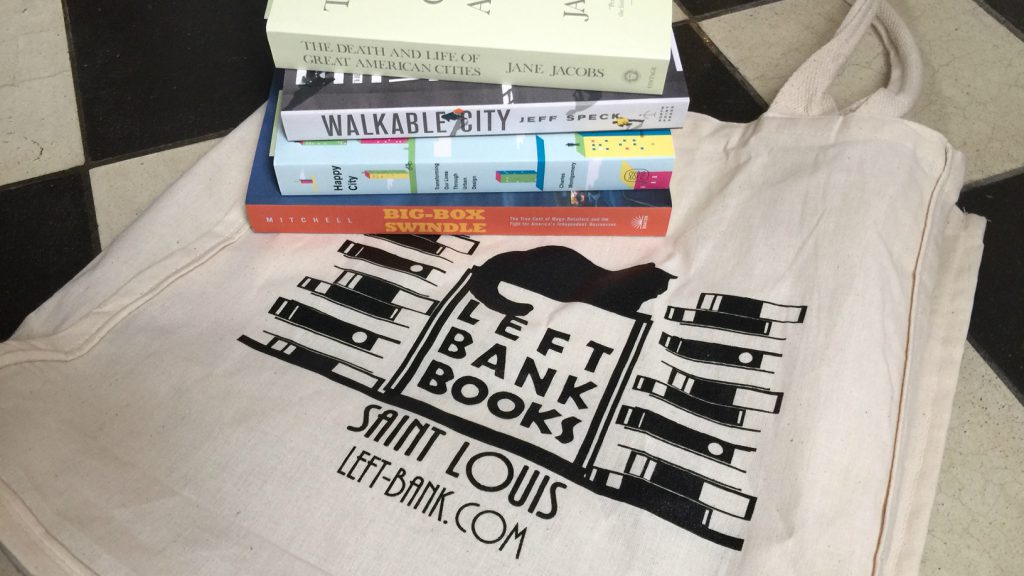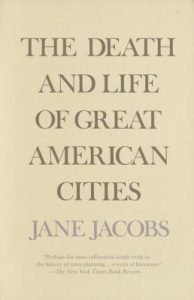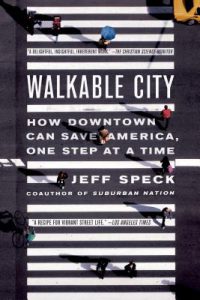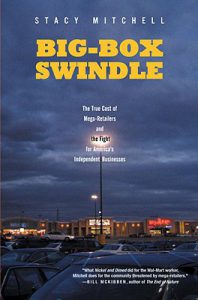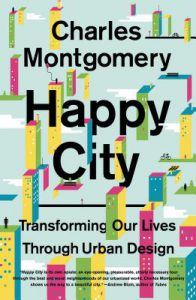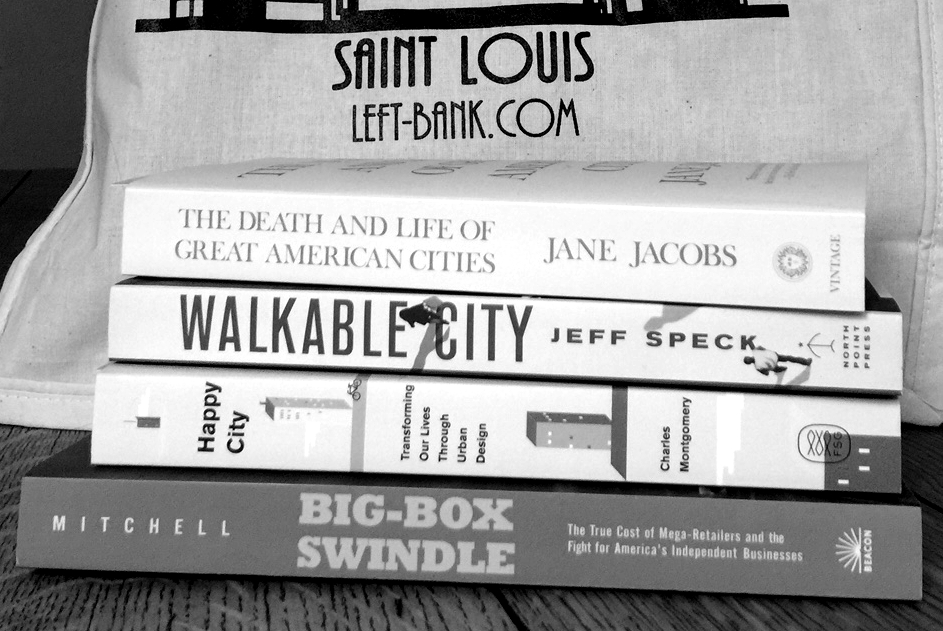Estimated reading time: 3 minute(s)
Ever since EQ published our ecosystem map as a printed infographic a couple of years ago, we have received great feedback. People have told us they hang it on their office walls for reference and print and share it in meetings or presentations. Seeing the response to our map and ITEN’s map, it’s not surprising to us that the Kauffman Foundation has said that mapping your startup ecosystem is a strategy to strengthen it.
While it felt great to provide the map as a resource, however, we knew that if it were to truly serve as such, it needed to become something dramatically different.

Our printed posters were immediately outdated when, the week after we printed copies, another new accelerator launched, already rendering the map out of date. While our printed maps provided a nice birds-eye view of the community, it couldn’t by its very nature allow users to filter content or read more about specific organizations, much less contribute content themselves. Additionally, the finite space of our printed map could in no way accommodate the central part of our tech community—the startups themselves!
In short, our map needed to more truly reflect the nature of our startup ecosystem itself: always evolving and interactive, with an opportunity for everyone to contribute.
And now it’s here!
Today we introduce STLTechMap.com.

Our goal with STLTechMap is to provide easy access to navigating St. Louis’ high-tech scene. Want to peruse programs and networks you can become involved with to push your idea forward? Looking for a list of startups in various industries in St. Louis? Whether you’re a startup CEO, an investor, an out-of-town visitor, an ESO leader or job seeker, let the map be your guide to understanding St. Louis’ startup community and finding the resources you need.
EQ’s Role
EQ has kicked off the content for the map by adding over 250 pins across 14 categories, from Incubators and Accelerators to Co-working and Startups. Thanks to the sponsorship from Cortex Innovation Community, EQ has been able to dedicate hours and resources to getting the map set up and launched–and we will continue adding new pins and moderating user-generated content. We will also send quarterly requests for updates to organizations and apply other methods to ensure the content is as up-to-date as possible.
But We Need Your Help, Too
- This map is crowdsourced, so encourage startups and other organizations to add themselves to the map. Startups need only have an STL office to make it onto the map.
- If you are a startup founder, ESO leader or communications manager of an organization already on the map, “claim” your pin to update your information, add photos and post job listings (more on this below).
- Promote the map to your networks to help tell St. Louis’ startup story. Unlike many cities, St. Louis has multiple innovation districts, and this map tells a visual story about our region.
Why Claim Your Organization on the Map?
Organizations that “Claim” their listing can not only keep their profiles up to date; they can also add job listings for free. Users (read: passive and active job seekers interested in the startup community) can navigate to the Jobs section of the map and see the job listings there. This will temporarily replace EQ’s TEQJobs board. We’d like to see if users utilize this free resource, and if having it integrated into the map helps with engagement by both companies and job seekers.
By claiming your listing, you can also post events to your organization’s page (note: this is a separate events listing from EQ’s main calendar; we will maintain both calendars for a period of time to compare engagement).
We hope you utilize the map–and share widely with your networks–to help the ecosystem continue to grow in 2017.
For question on how to perform certain functions, see below. Otherwise, enjoy the map and we look forward to feedback along the way!
-EQ
STLTechMap “How To” FAQs:
How to add a company or organization to the map:
To add a new company, click “ADD TO MAP.” You’ll be prompted to sign in or create a free account to be able to add listings. You do not need to be the owner or manager of the company to pin a company. EQ moderates all new pin additions. The organization’s owner or communications manager can then “claim” their listing to keep it updated.
How to update an existing pin on the map:
Navigate to the pin’s description page and click “Claim Place.” You’ll be prompted to sign in or create a free account. EQ moderates all requests to claim pins. Please allow up to 24 hours for these approvals (though we aim to do these much more quickly).
How to share a listing on social media:
Navigate to the pin’s description page and click the small “Share” button on the right of the description. You can then choose to share on social media or via email and other channels.
What if my organization is already on the map but I see the information is out of date?
Claim your pin (see above) to update the information, or forward it to someone in your organization who is empowered to do so.
Where to send other feedback on the map: editors@eqstl.com. Please allow up to 48 hours for a response.
Map data compiled by Olive Elwell and Kelly Hamilton


